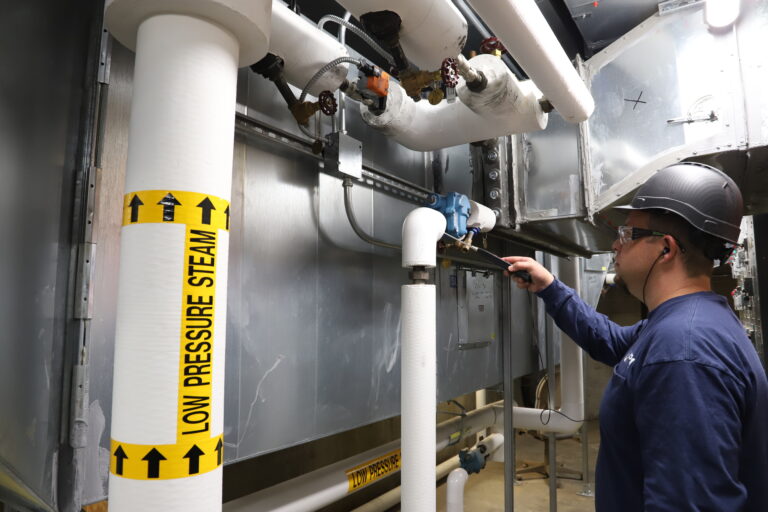July 12, 2013—With the flip of a switch, Los Angeles officials inaugurated the nation’s largest rooftop solar feed-in tariff (FiT) program earlier this week, enabling hundreds of building owners to create solar power plants on their rooftops and sell solar power to the Los Angeles Department of Water and Power (LADWP) for distribution on the city’s power grid.
All told, the LADWP FiT Program, originally proposed and supported by the Los Angeles Business Council and the CLEAN LA Solar Coalition, will generate 150 megawatts (MW) of clean, renewable solar energy—enough energy to power more than 43,000 typical homes and reduce 147 metric tons of CO2 emissions, which is equivalent to removing 28,300 cars off the road, says the LADWP.
According to LADWP General Manager Ronald O. Nichols, the innovative FiT program is an important step forward in completely transforming the city’s power supply and meeting the state-mandated renewable energy level of 33 percent by 2020.
The FiT program also rounds out opportunities for solar development in Los Angeles, say LADWP officials. Up until now, most solar projects in Los Angeles were built through the traditional net-metered Solar Incentive Program (SIP), where customers installed solar panels that generate power for their own home or business and receive rebates from LADWP. Unlike the customer net-metered program, the FiT program enables participants to sell all their power to LADWP for distribution on the grid through a standard power purchase contract.
In addition to providing deep energy savings and making the city more sustainable overall, the LADWP Feed-in Tariff program offers many other benefits, and can serve as a model for other utilities in the country. According to a UCLA study, commissioned by the LA Business Council Institute, in its first five years the program is projected to:
- Create 4,500 construction, installation, design engineering, maintenance and administration jobs in LA;
- Power 43,000 typical LA households while offsetting 147,200 metric tons of carbon emissions;
- Generate more than $500 million dollars in private investment and leverage $300 million in federal tax credits for LA businesses; and
- Place half of the installations into the areas of LA that have both the highest solar potential and the highest economic need, creating jobs where people are ready to work.




